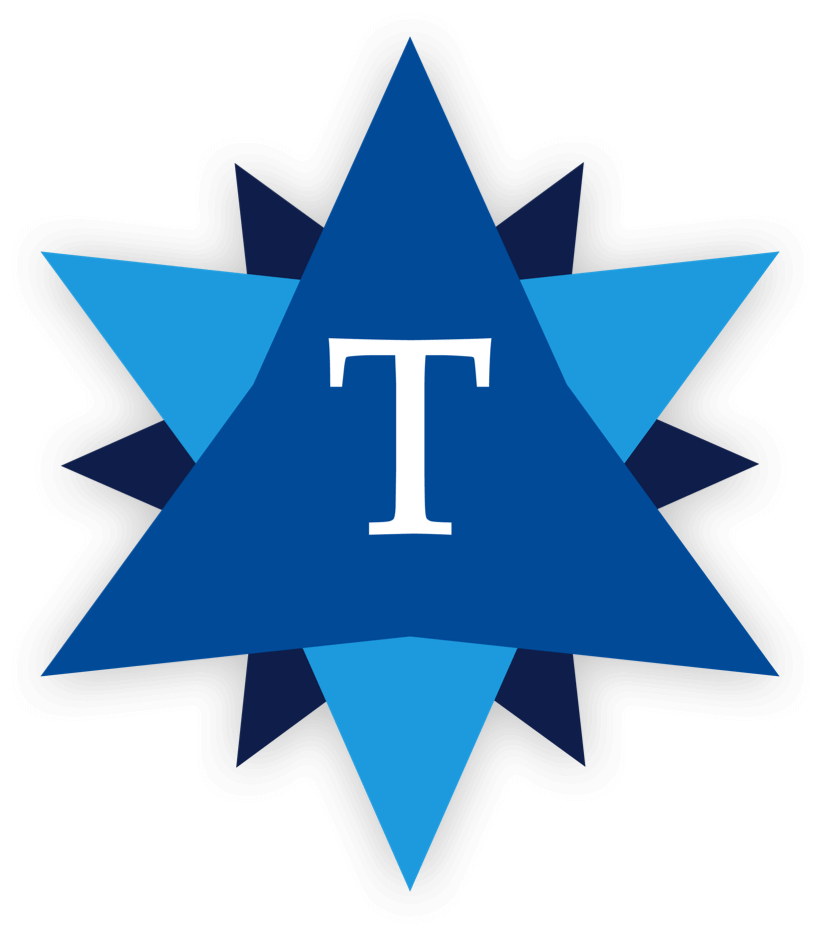The Highs and Lows of an ERP Retirement
Guest Author

During May, Wellesley College honored faculty and staff who were marking anniversaries ranging from 5 to 45 years. In addition, there was another event honoring those who have decided to retire after many years at the college. Too bad there won’t be such a celebration to thank Banner, which will be retired after more than 25 years at Wellesley. Despite the fact that we have decided to move on, we acknowledge that Banner has served the college well.
This is a significant move for us. We chose to move to Workday in 2016 and have been using it for HCM (human capital management), benefits and payroll, and financials for the past two years, and we just went live with Workday Student, the last leg of this transition.
So here we are in Workday Land. Overall, HCM and financials have served us well. Things are working better than before. Information is easily accessible, financial transactions are more transparent, and our compliance has vastly improved.
Though our faculty and staff have adjusted well to the new system, we are not surprised to hear complaints from users about a few things. We viewed this transition to Workday as an opportunity to make policy and procedural changes, which would have been near impossible with the older system, and these changes are one of the major reasons for users’ complaints. We attend to them and try to resolve them in a timely manner.
With Workday, we can accomplish most of what we need through configuration and business processes rather than customizations, which are extremely costly – an answer that not many accept easily. Therefore, when certain requests for customizations cannot be done, there is disappointment. Frankly, because Banner was not capable of providing certain functionalities that a small liberal arts college like ours needs, we have developed several LAMP stack apps for the community, indulging users’ requests for customizations. (The joys of supporting technology!) Our plan is to continue this for a short period and phase this approach out.
Another major topic of discussion, which has somewhat subsided recently, is the insatiable appetite for reports. Workday provides a reporting system that allows users to construct reports online without writing any code, based on its fundamental paradigm of business objects. For those who have dealt with databases and tables and SQL coding, this is a huge shift that can be frustrating, so we had to work on this from both ends—requesters and providers—of reports. Since security is a fundamental building block of all things Workday, no additional steps are required to secure reports, which makes the report writer’s life much easier. In other words, once the security is set up for the various business objects, they travel across the board – access to data, reports, running tasks or business processes.
We are expecting improvements over time in this area from Workday. Prism Analytics is a welcome step in the right direction, in that it allows one to bring in external data and join them with native Workday data. This will provide a way for us to deliver data to our users using a single and consistent platform.
As we launch Workday Student, we will be revisiting many of these topics again. It affects some of the core business of Wellesley, and it is important to make sure that we have continuity. It is a different system, and the majority of our constituents will be affected. We have been communicating with the faculty and students constantly, and, as we roll out different components, we are preparing ourselves to provide the best possible support.
During the fall semester of 2018, we opened up curriculum management in Workday to the department and program chairs and academic administrators. They developed the curriculum for the 2019–2020 catalog in Workday for the first time and given the significant differences from SmartCatalog (used in prior years), it went remarkably well. Similarly, we opened up self-service for all current students to be able to update their personal information and set up third-party users, allowing others (who might pay on their behalf, for example) access to the student financials. Finally, Checklist—something that was a little bit more involved—was opened up for incoming first-year students. All these features have been off to a great start.
The arduous process of validating all the data that we brought in—academic histories, GPAs, majors and minors, registration records, etc.—has been completed for the most part. We have run parallel testing of student billing, and all has gone well so far. The tough parts are coming up: faculty and student interactions with these systems for registration, drop/add, and more. We know how difficult an adjustment this will be for both the faculty and students, and we anticipate a period when our support will be critical. Our goal is to minimize the time it takes everyone to adjust to the new system. To ease this transition, we have decided to keep some of our current LAMP stack apps and integrate them with Workday instead of Banner. If you are in the middle of Workday implementation or considering it, my recommendation is that you reach out to your peers who have gone through it. There are enough of us at this point to help out!
Categories
Share Article:

Other Posts From this Author:
The views and opinions expressed in this article are those of the author and do not necessarily reflect the official policy or position of the Tambellini Group. To become a Top of Mind guest author, please contact us.
© Copyright 2025, The Tambellini Group. All Rights Reserved.